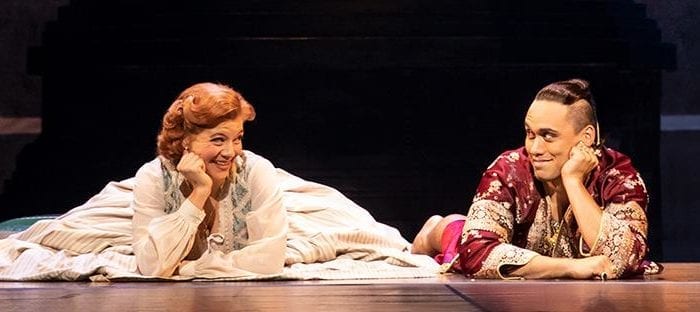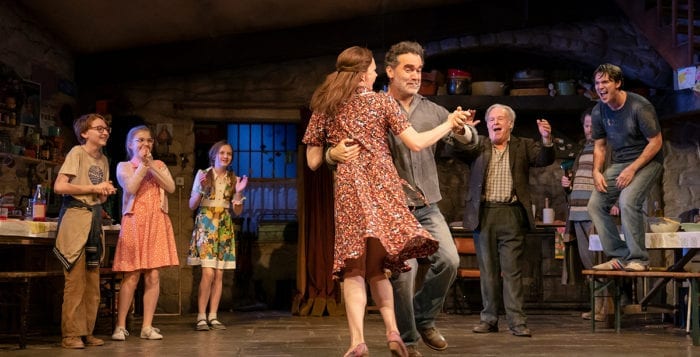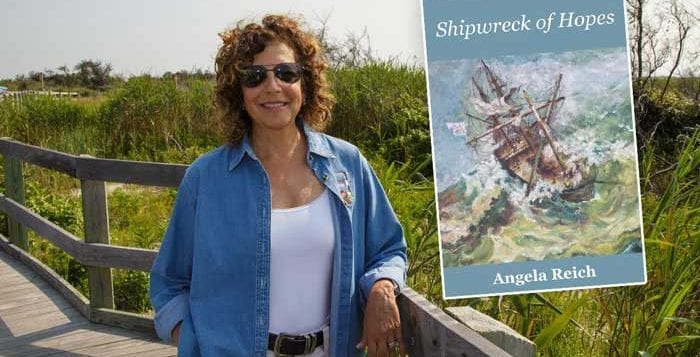By Leah S. Dunaief

This week’s column is dedicated to courage, the particular courage of one person. That person was one of my closest friends, and she died last week. Even though she suffered for five years with amyotrophic lateral sclerosis, known as ALS or Lou Gehrig’s disease, and we all knew that the end was coming, it is hard to imagine life without her.
And isn’t that the height of selfishness, to think of her death as my loss? What about her loss? Never again on Earth to hug and kiss her husband, her children and grandchildren, to cheer when they enjoy victories and to commiserate when things don’t work out as they had hoped. Never again to join friends for an evening at the opera. Never again to enjoy cooking delicious dinner for those lucky enough to be her guests. Never again to exchange insights about the political turmoil through which we are living. Never again to share a deep belly laugh. For her, it has ended.
We met as freshmen at college. She was impressive for her strongly held viewpoints during classroom discussions of world affairs, asserting that the Cold War was not just about two superpowers but also included a third bloc of underdeveloped and uncommitted nations. She was also delightfully funny, laughing at the incongruities of life. When we were both assigned dorm rooms on the same floor of the same dorm, I got to know that she was born in Poland in the Warsaw ghetto in 1941, hardly a choice time and place, that she had escaped from the ghetto with her mother and another woman and child thanks to her father’s resourcefulness, and that she had lived out World War II in Warsaw with false papers, both mothers being under extreme duress.
My friend went on to be elected editor in chief of the college newspaper, and she sometimes wrote about my actions as class president. We laughed about how it was a microcosm of the fourth estate, that is the public press, commenting on the executive branch. We served on the student council together and became close friends.
After graduation, when my husband and I were looking to settle somewhere in the New York area, it was she who I called from Wichita Falls in northern Texas to ask if Stony Brook, where her husband was a mathematics professor, was a good place to live. Little did I know that this one night she and her husband had decided uncharacteristically to retire early to bed, and with the one-hour time difference between Texas and the East Coast, I would wake them up with my question. But she waved me on. “It’s home,” she responded in her usual direct fashion, telling me all I needed to know. That is how we happened to move to the North Shore of Long Island.
After my husband died and my children all left for college, she stepped in with a surprising offer: How about joining them with an opera subscription? “Where?” I asked. “Why at the Metropolitan Opera, where else?” she smiled. “We would drive into NYC each time?” I responded disbelievingly. “Yes, and have dinner beforehand,” she said with a gleam in her eye. And that is how I discovered one of my great passions.
But before she died, here is her most important gift to us. She was the embodiment of courage. Even as the quality of her life deteriorated, she fought to maintain normalcy, for her sake and the sake of those around her. She went from a cane to a walker, accompanied by her husband, then to a wheelchair, then to a scooter wheelchair that she drove at breakneck speed down Broadway from their West End apartment to Lincoln Center for her subscription performances and more. And as her muscular ability to verbalize diminished, she used the internet and her computer keyboard to stay connected to the rest of us as long as she could control her hands.
Watching her struggle was a gut-wrenching anguish. It was also an inspiration. She was not going into that dark night easily. She fought for every inch of the life her parents had saved and she and her husband had made together, and in so doing she showed us not only how to die with valor but especially how to live life to the max.

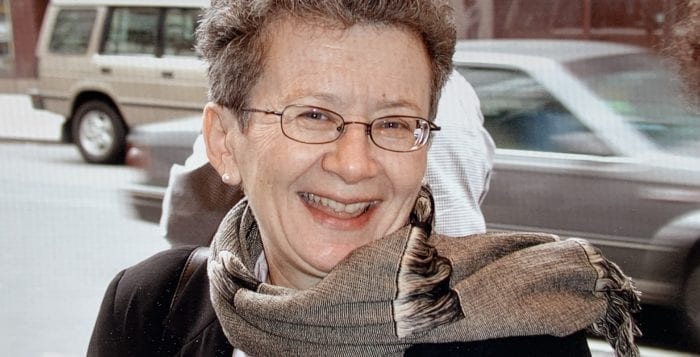
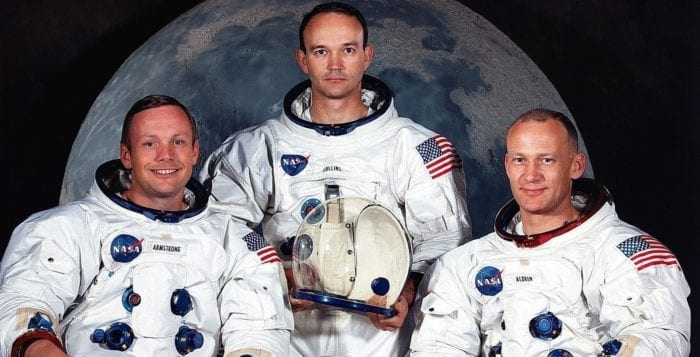
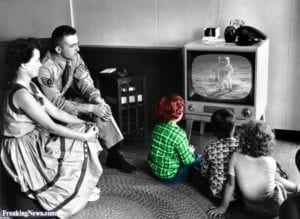
 So we leave the incredible heights of American pride now and look at the other side of the coin. Elsewhere in our news, we have the press release from U.S. Rep. Tom Suozzi (D-Glen Cove), who went to the southern border of the United States with a small group from the House to see first hand what was happening at the immigration centers. In his words, the situation is “awful” and the system is “broken.” The group toured and inspected facilities that are currently holding Central American migrants seeking asylum, speaking with several immigrant families as they went.
So we leave the incredible heights of American pride now and look at the other side of the coin. Elsewhere in our news, we have the press release from U.S. Rep. Tom Suozzi (D-Glen Cove), who went to the southern border of the United States with a small group from the House to see first hand what was happening at the immigration centers. In his words, the situation is “awful” and the system is “broken.” The group toured and inspected facilities that are currently holding Central American migrants seeking asylum, speaking with several immigrant families as they went.
